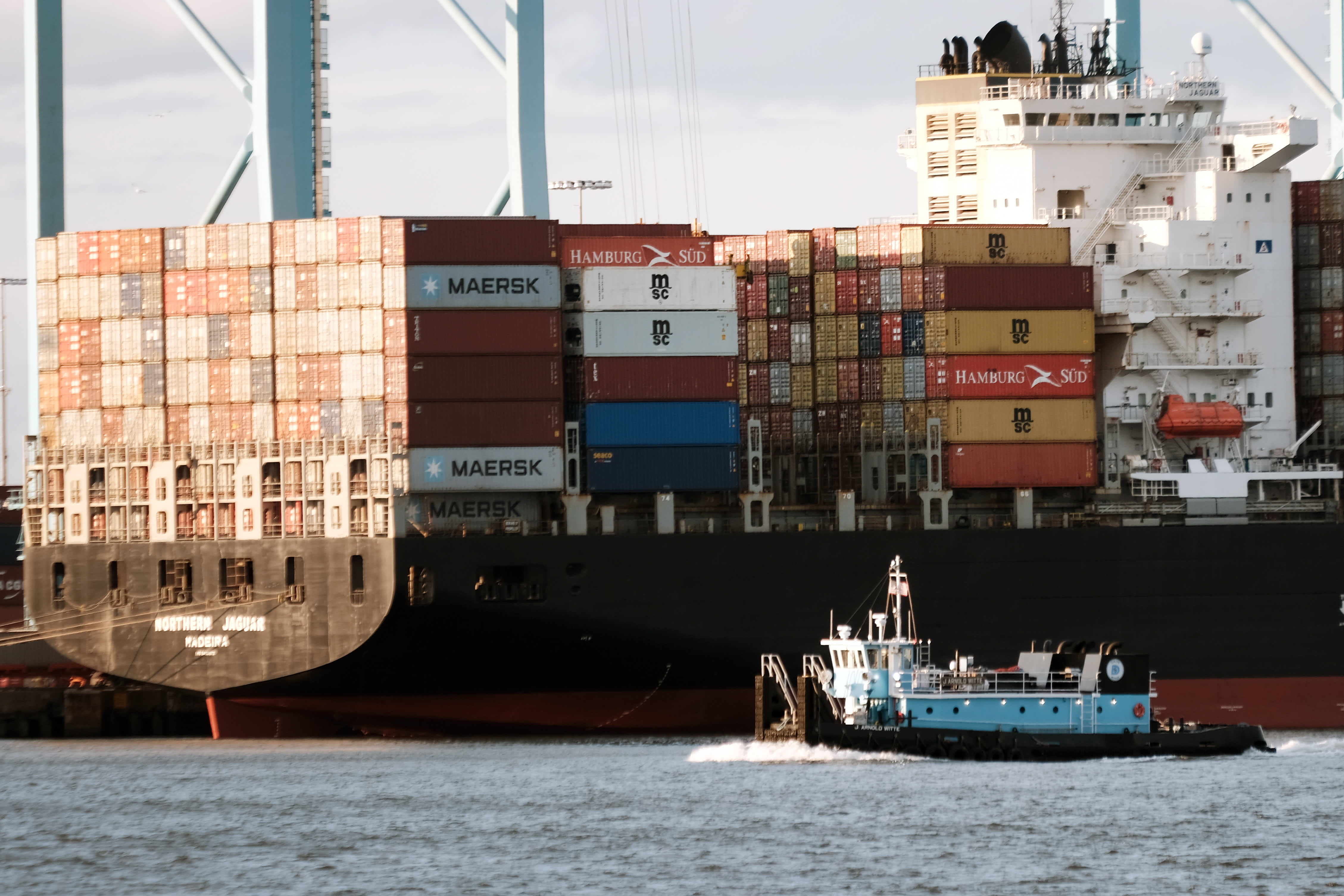Products You May Like
Morgan Stanley said most acute supply chain disruptions are already easing and will be more fully resolved within the first half of 2022.
That’s the base case the investment bank laid out in a recent report assessing the global supply chain, its risks and chokepoints.
This year’s supply chain crisis has hit companies hard as bottlenecks built up and industrial production failed to meet a post-pandemic spike in demand. Energy shortages in China and Europe, as well as Covid-related lockdowns, have contributed to the huge squeeze in supply chains.
Supply chains remain vulnerable, especially as the world is still assessing the risk of new omicron strains, Morgan Stanley said.
“However, orders have surged amid anxiety about sourcing product, thus inflating backlogs and setting the scene for a sharper than-expected short-term unwind, particularly for consumer electronics and segments facing demand destruction risk,” the bank’s analysts wrote in the Dec. 14 report.
Logistics costs will remain “significantly higher” and will be “persistent through 2022,” Morgan Stanley predicted. “Quarantine and travel restrictions are unlikely to be eased for key transcontinental routes in a coordinated fashion through 2022, with little new capacity until late 2023.”
For companies producing tech hardware, Morgan Stanley is cautious on those with elevated levels of backlog as well as limited visibility into when demand will return to normal. It says it prefers semiconductor firms exposed to autos and industrials.
Stocks most crucial to supply chains
The investment firm identified companies it says are “regional champions,” “recognizing their importance to supply chains and the role that policymakers may play … to support their position against competitive pressures from other spheres of influence.”
“These companies have indeed featured prominently through the global supply chain challenges of 2020/21, but in broad terms we have also seen them show stronger profitability trends and significantly outperform the MSCI ACWI global equity benchmark,” the report said. The MSCI ACWI index is comprised of stocks under the MSCI world as well as emerging markets indices.
These are the top stocks that Morgan Stanley says are most “central” to supply chains.
- Tech hardware: Apple, HP, Cisco, Lenovo, Fujitsu, Hitachi
- Semiconductors: Samsung Electronics, Intel, Infineon Technologies, NVIDIA
- Autos and components: Volkswagen, Ford Motor, Daimler, General Motors, BMW, Tata Motors, Renault, Hyundai Motor, Continental
- Software: Microsoft, IBM, Dell, SAP
- Insurance: Berkshire Hathaway
- Consumer: Sony, Panasonic, LG Electronics
- Retail: Amazon
- Capital goods: Volvo AB, Siemens
Firms squeezed by bottlenecks
Morgan Stanley also listed the companies it said were most pressured by supply chain bottlenecks.
“Industries that fall into this category are ones that most acutely transmit the squeeze of supply chain pressures, partially because the companies within this cohort face persistent reliance on labor inputs in spite of increased automation or capital investment,” the firm said.
Coupled with other factors such as a reliance on markets subject to trade or other policy frictions, this “leaves such companies vulnerable to geopolitical and labor dynamics, but also crucial to global supply chains,” it said. Some examples include container shipping and semiconductor firms.
Such firms may be facing cost pressure, but they still hold pricing power by virtue of their industry position, according to Morgan Stanley.
These are the stocks that fall under the “bottleneck” category.
- Semiconductors: Infineon, ST Microelectronics, NXP Semiconductor, Microchip Technology, Texas Instruments, Analog Device, ON Semiconductor, Globalfoundries, Nuvoton Technology, Nanya Technology
- Tech hardware: BYD Electronics, Wingtech Technology, Unimicron, Kinsus Interconnect Tech, Nan Ya PCB
- Networking equipment: Lumentum, II-VI, Corning, CommScope
“In the face of disruptions and capacity constraints, there are limited options except to raise prices to compensate for higher input costs or to ration capacity through backlogs,” Morgan Stanley said, of such firms facing bottlenecks.
